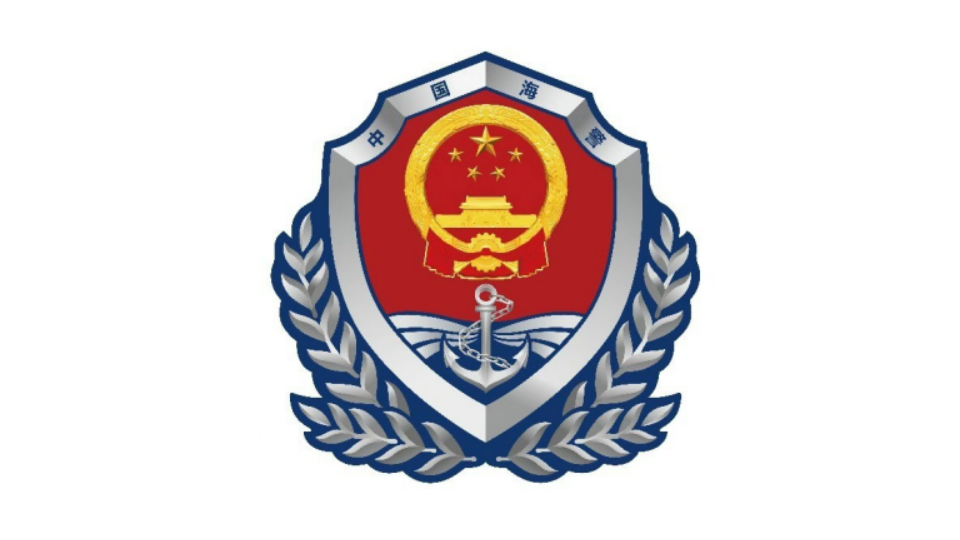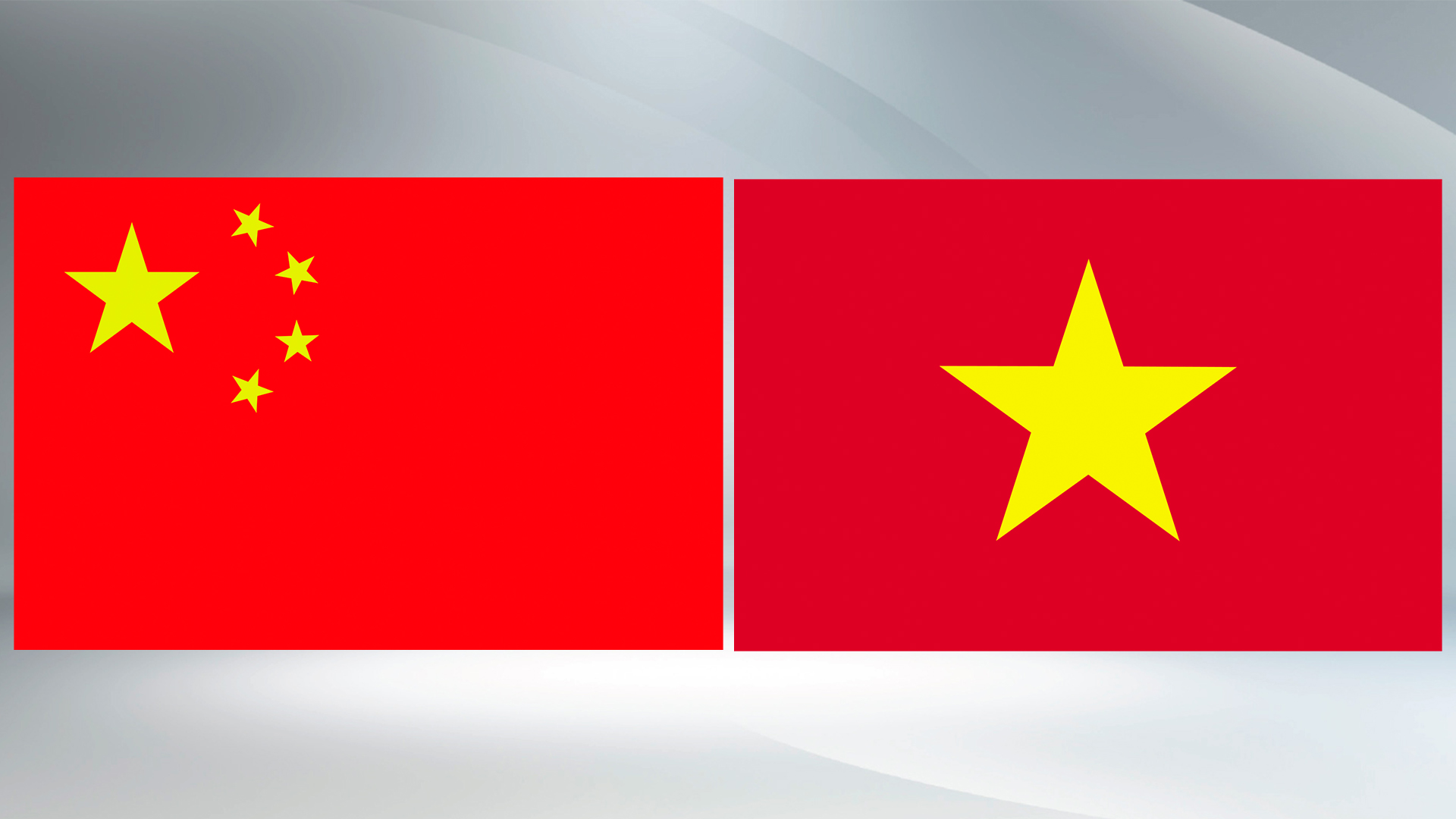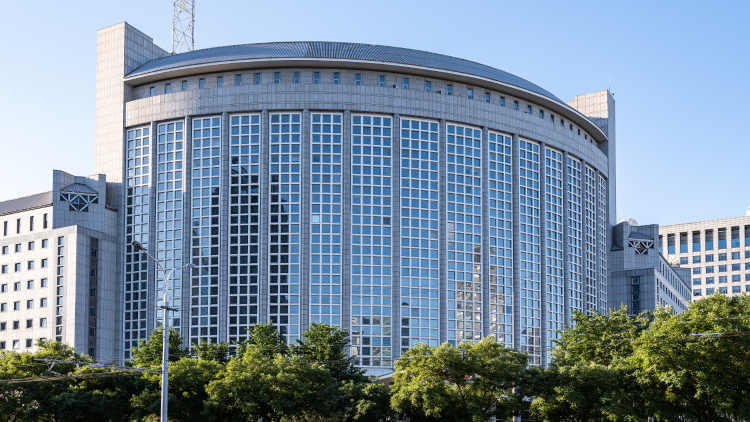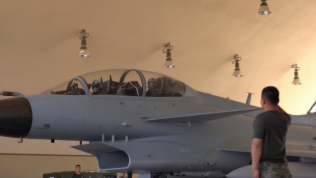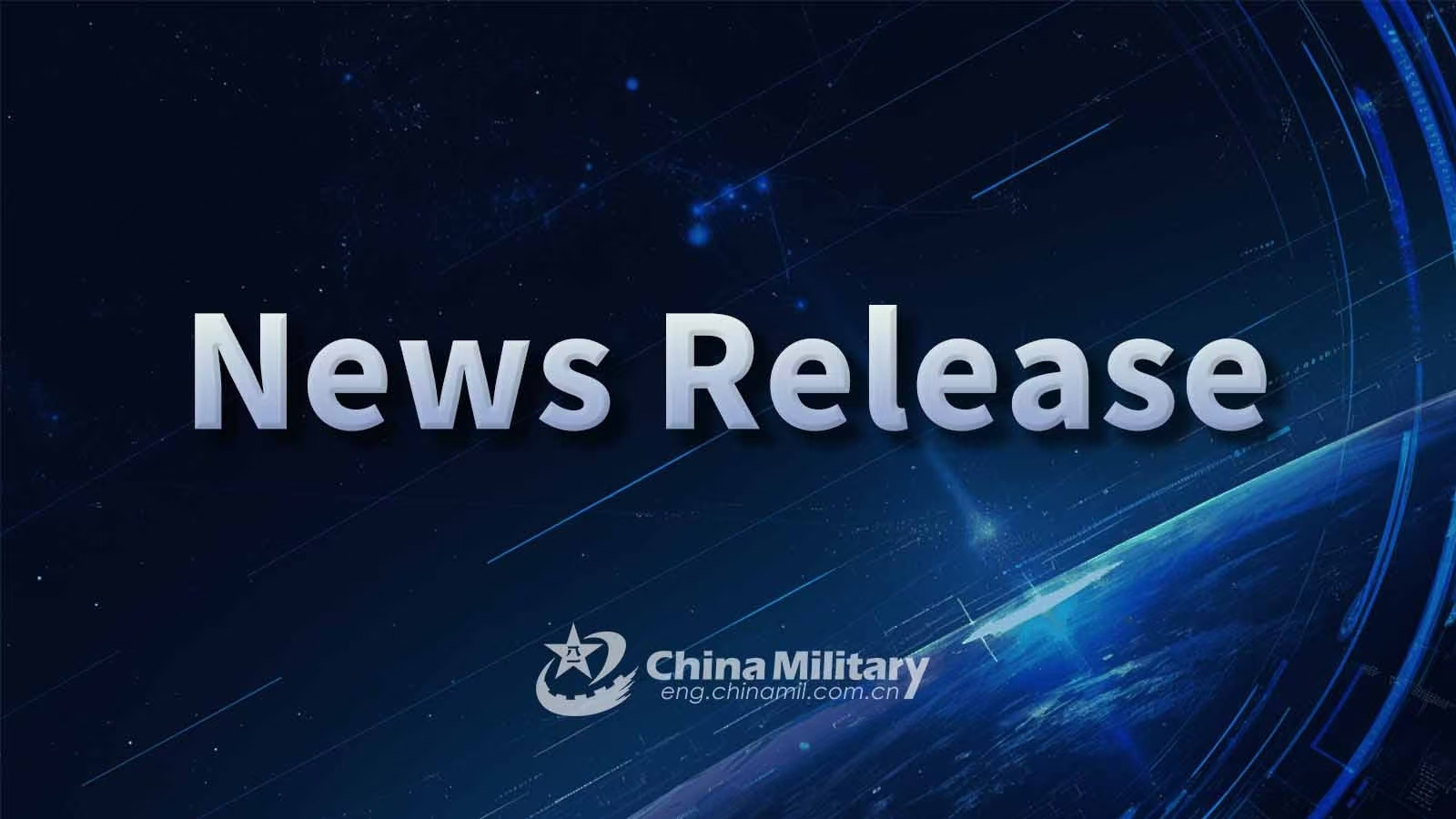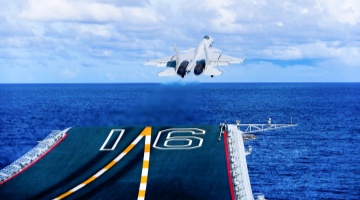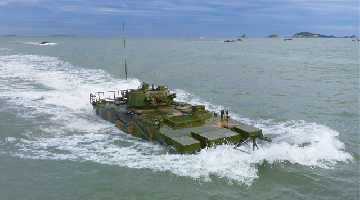By Shao Yongling
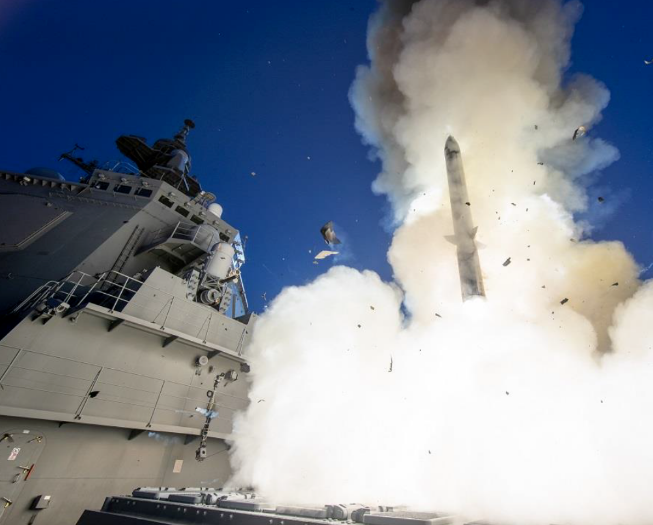
Japan Maritime Self-Defense Force (JMSDF) test-fires the latest SM-3 Block IIA interceptor missile (Source: The Paper)
Japanese media recently quoted several government officials as saying that Tokyo and Washington have basically agreed to jointly develop a new type of missile to intercept hypersonic weapons. This will be the second time that the two countries co-develop an anti-missile interceptor after the SM-3 Block IIA in 2017 which was aimed to intercept mid-range or intercontinental ballistic missiles.
According to military observer Shao Yongling, Japan played a significant role in the R&D of SM-3 Block IIA but will encounter more challenges in the R&D of hypersonic weapon interceptors. For the latest joint missile development, the US is taking the lead while Japan takes a back seat mainly serving to share the R&D cost and provide materials.
Each has ulterior motives on the excuse of "external threats"
Japanese media claimed that the joint development of the new type of interceptor missile by the US and Japan is to counter the hypersonic weapons of China, Russia, and DPRK. This, said Shao, is a move driven by ulterior motives on the excuse of "external threats".
The US drags Japan in because it wants Japan's money to lower the R&D cost. Japan, on the other hand, hopes to jump on the American wagon for four reasons. First, it will have a better chance of successfully developing the hypersonic weapon interceptor. Second, compared with direct procurement, joint development makes it easier for it to access relevant equipment at the first opportunity. Third, the joint development offers the possibility for it to use America's satellite network. Fourth, the process will enhance the capability of Japanese military enterprises.
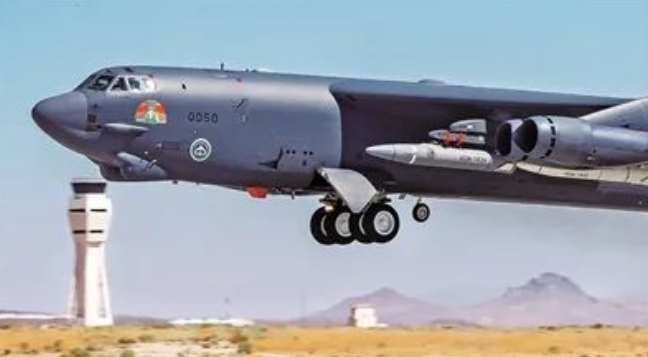
US Navy's B-52H strategic bomber test-fires AGM-183A hypersonic missile (Source: Xinhua)
Dim prospects for joint development
The US is one of the first countries that engaged in hypersonic flight technology, but its R&D in relevant fields is far from plain sailing. Therefore, Shao predicted that the US-Japan joint R&D will be strewn with obstacles.
Current challenges include the innovative tracking and aiming mechanism and a fast response mechanism to cope with orbital transfer. The system should also be able to tell real threats from baits, which requires advanced AI and sensor technology. It is also difficult to discover and track hypersonic weapons, for which a huge low-orbit satellite constellation must be created.
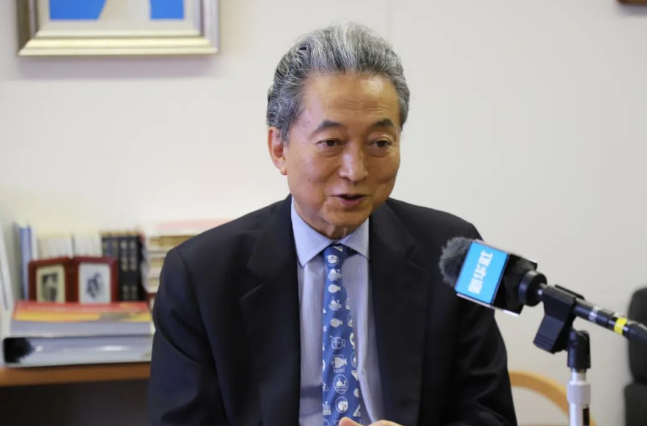
File photo: Former Japanese prime minister Yukio Hatoyama (Source: Xinhua)
Objection from former Japanese prime minister
Former Japanese prime minister Yukio Hatoyama posted on social media on August 13 that Japan's missile defense system will be incorporated into America's in the name of "comprehensive air-defense missile network", which will turn America's enemies into Japan's enemies. He added that Japan must become more independent.
Shao analyzed that the accelerated military connection between the US and Japan is a short-sighted move driven by both parties' self-interests. Their development of offensive/defensive missile capabilities – not only jointly developing hypersonic weapons, but also missiles to intercept them – will prompt other countries in Northeast Asia to speed up their own development of such weapons, thus aggravating the regional arms race and inflicting lasting damage on regional peace and security.
Editor's note: Originally
published on military.cnr.cn, this article is translated from Chinese into
English and edited by the China Military Online. The information and
opinions in this article do not necessarily reflect the views of
eng.chinamil.com.cn.

